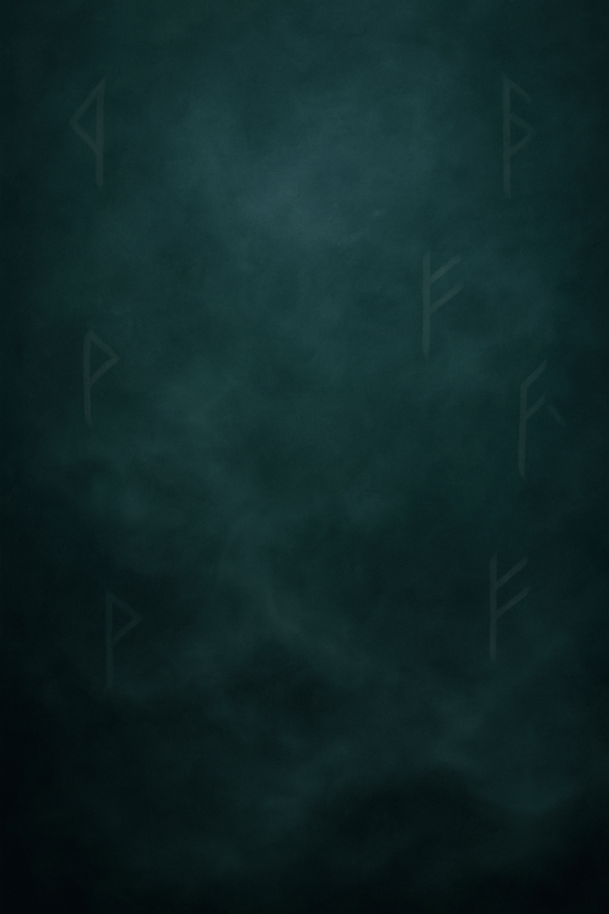
By Moon. By Mound
The deeper dives, real conversations, and the living tradition continue on Patreon. Come be part of it.

Viking Death Was Never Simple
You’ve seen the scene before. A burning boat slipping into the mist. Flames licking the dusk. A lone warrior bound for Valhalla. It’s striking. But it’s not the full truth. The old Norse didn’t walk one path in death any more than they did in life. There were choices. Variations. Traditions shaped by kin, land, and belief. Some were burned. Some were buried. Some rose again.
Where Did They Go?
Not every soul sailed to Valhalla. Some went to Hel. Not a place of punishment, but of stillness. Others found their way to Fólkvangr, Freyja’s hall, said to rival Odin’s. Those who drowned may have sunk into Rán’s dark embrace. And many? They simply stayed. In the mound. Among their kin. A grave wasn’t just a resting place. It was a home. A threshold. A place to return to or rise from if the living called, or forgot.
The dead weren’t gone. They were still part of the world.
Burial Was a Conversation
Some were laid in ships, real or carved into the earth. Others were burned in great pyres, their ashes gathered and honored. Most were given tools for the road. Weapons. Bowls. Good shoes. Even a comb. Sometimes food. Sometimes silver. Sometimes animals, servants, or lovers followed them in death. It wasn’t always kind. It was honest.
Death Was a Ceremony
These weren’t quiet, polished funerals. These were acts of power. Sacrifices were made. Horses. Dogs. People. Not always because they wanted to but because it was believed they were needed. The dead were being outfitted for a journey and the living bore the cost.
That doesn’t make it noble but it was real.
What We Know Comes From the Earth
The Norse didn’t write it down. Most of what we know comes from graves, sagas, and outsiders who wrote what they saw and often, what they feared. But the bones speak. From Oseberg to Birka. From burned shields to broken swords.
We know this:
The Norse prepared their dead.
Not to escape death.
But to meet it with honor.
And still, the thread pulls.
Still, they are with us.
